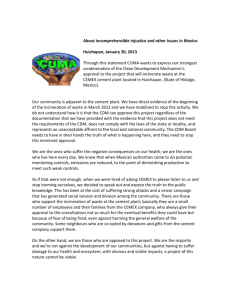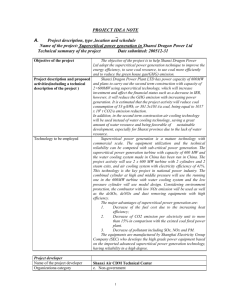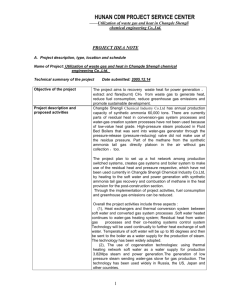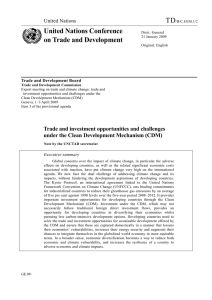English Summary
advertisement
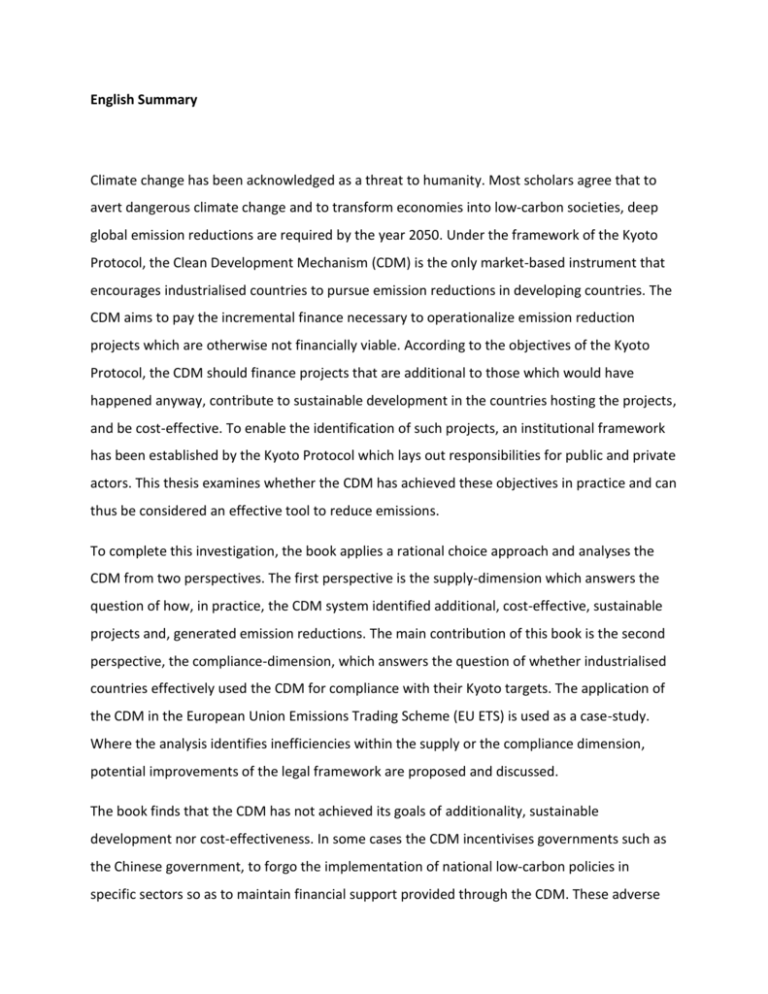
English Summary Climate change has been acknowledged as a threat to humanity. Most scholars agree that to avert dangerous climate change and to transform economies into low-carbon societies, deep global emission reductions are required by the year 2050. Under the framework of the Kyoto Protocol, the Clean Development Mechanism (CDM) is the only market-based instrument that encourages industrialised countries to pursue emission reductions in developing countries. The CDM aims to pay the incremental finance necessary to operationalize emission reduction projects which are otherwise not financially viable. According to the objectives of the Kyoto Protocol, the CDM should finance projects that are additional to those which would have happened anyway, contribute to sustainable development in the countries hosting the projects, and be cost-effective. To enable the identification of such projects, an institutional framework has been established by the Kyoto Protocol which lays out responsibilities for public and private actors. This thesis examines whether the CDM has achieved these objectives in practice and can thus be considered an effective tool to reduce emissions. To complete this investigation, the book applies a rational choice approach and analyses the CDM from two perspectives. The first perspective is the supply-dimension which answers the question of how, in practice, the CDM system identified additional, cost-effective, sustainable projects and, generated emission reductions. The main contribution of this book is the second perspective, the compliance-dimension, which answers the question of whether industrialised countries effectively used the CDM for compliance with their Kyoto targets. The application of the CDM in the European Union Emissions Trading Scheme (EU ETS) is used as a case-study. Where the analysis identifies inefficiencies within the supply or the compliance dimension, potential improvements of the legal framework are proposed and discussed. The book finds that the CDM has not achieved its goals of additionality, sustainable development nor cost-effectiveness. In some cases the CDM incentivises governments such as the Chinese government, to forgo the implementation of national low-carbon policies in specific sectors so as to maintain financial support provided through the CDM. These adverse interactions reduce the global effort to reduce emissions. To overcome the pitfalls of the current CDM approach, a fund-approach, is discussed which would collect penalty fees from industrialised countries, which emitted more than their emission limits and channel these fees to developing countries for emission reducing activities. The fund-approach results in developing countries being free to determine their long-term abatement strategy and thus potentially strengthening national domestic climate and energy policy. While this could remedy some of the difficulties of the CDM such as the absence of sustainable development, it potentially creates trade-offs with project cost-effectiveness in the short-term. The CDM has also not been implemented efficiently at the compliance-stage within the EU ETS. The right to use CDM has been allocated to participants of the EU ETS free of charge and has led to large wind-fall rent gains to these emitters. The book outlines different options to correct for this inefficiency and collect these rents to leverage for further mitigation in Europe or developing countries. In light of these findings, the book concludes by discussing emerging alternative approaches and future research required to support the restructuring of our economies to become low-carbon societies in the coming decades.




